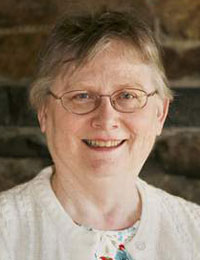
It has taken me a while to find a short and simple enough example of a will to use for this basic introduction to probate records. The will of John Dickson of Cambridge, yeoman, illustrated here, meets the short qualification although it has an interesting complication. The full probate file can be seen on AmericanAncestors.org under Middlesex County, MA, Probate File Papers, 1648-1871, Case #6264, John Dixson-Dickson-Dikson. There are 28 papers in the file.
Testate Estate: Where someone has written or dictated a will describing exactly how he or she wishes to leave his or her property and to whom. For the most part, a testator could leave anything to anyone, unless they were dealing with colonies such as Virginia that followed the laws of primogeniture where all real estate was left to the oldest son. This did not apply in New England, although it was customary to follow the legal model of giving a double share to the oldest son. Continue reading Probate records: Part One

